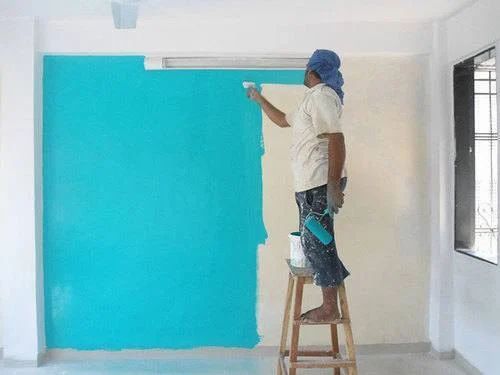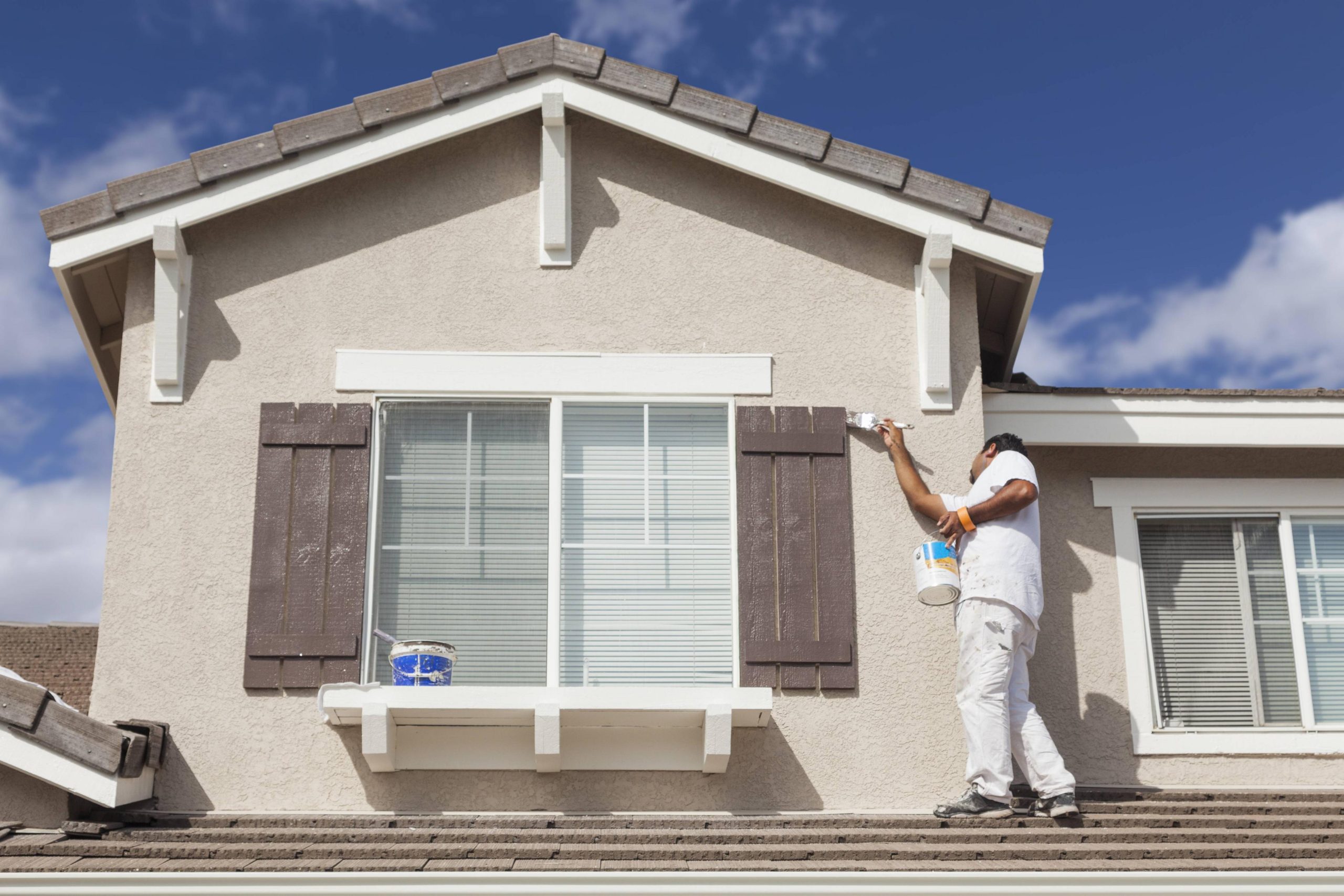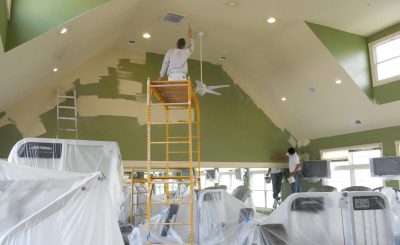Embarking on a home painting project can bring new life into your living spaces, offering a vibrant atmosphere. Whether you’re planning to revamp a single room or the entire house, it’s essential to prioritize safety throughout the process. From selecting the right materials to implementing preventive measures, this guide aims to help homeowners navigate the intricacies of painting projects while minimizing risks.
1. Choosing a Reputable Commercial Painter
Selecting a reputable commercial painter is the first step in ensuring a safe painting project. Professionals in the field bring expertise, experience, and a commitment to safety standards. Prioritize painters with a track record of completing projects safely and efficiently. Verify their credentials, check reviews, and ask for references to make an informed decision.

2. Safety Preparations: A Must-Do
Before the paint cans are opened, prepare the space for safety. Cover furniture, flooring, and other valuables with drop cloths or plastic sheets. Ensure proper ventilation by opening windows and doors. Additionally, create a dedicated workspace to organize tools and materials, reducing the chances of accidents.
3. Personal Protective Equipment (PPE)
Equipping yourself and anyone involved in the project with the right personal protective equipment is non-negotiable. Items such as safety goggles, gloves, and masks can provide a crucial layer of protection against potential hazards like fumes, dust, and splatters. Prioritize safety gear designed for painting tasks to enhance effectiveness.
4. Proper Tool Handling
Painting involves various tools, from brushes and rollers to sprayers and ladders. Ensure that all tools are in good working condition before starting the project. Follow manufacturer guidelines for proper tool usage and maintenance. When using ladders, ensure they are stable and placed on a level surface to prevent accidents.
5. Adequate Ventilation
Ventilation is a critical safety aspect during painting projects, especially when working with solvent-based paints. Adequate airflow helps disperse fumes and reduces the risk of respiratory issues. Use fans or open windows and doors to improve ventilation. Consider wearing a respirator for added protection, especially in enclosed spaces.
6. Fire Safety Measures
Painting materials often include flammable substances. Implement fire safety measures by keeping fire extinguishers within reach, avoiding smoking in the work area, and storing paint and solvents away from heat sources. Be mindful of potential fire hazards and take proactive steps to minimize risks.
7. Emergency Preparedness
No matter how cautious you are, accidents can happen. Be prepared by having a first aid kit readily available. Familiarize yourself with basic first aid procedures and ensure everyone involved in the project knows the location of the kit. In case of more severe incidents, have emergency contact numbers easily accessible.

8. Cleanup and Disposal
Once the painting project is complete, proper cleanup and disposal are crucial. Dispose of paint cans, brushes, and other materials according to local regulations. Store leftover paint in a cool, dry place and away from children’s reach. Proper disposal not only contributes to environmental protection but also minimizes safety risks.
By following these safety guidelines, homeowners can confidently transform their spaces, knowing that both the aesthetics and well-being of their homes are in good hands.







